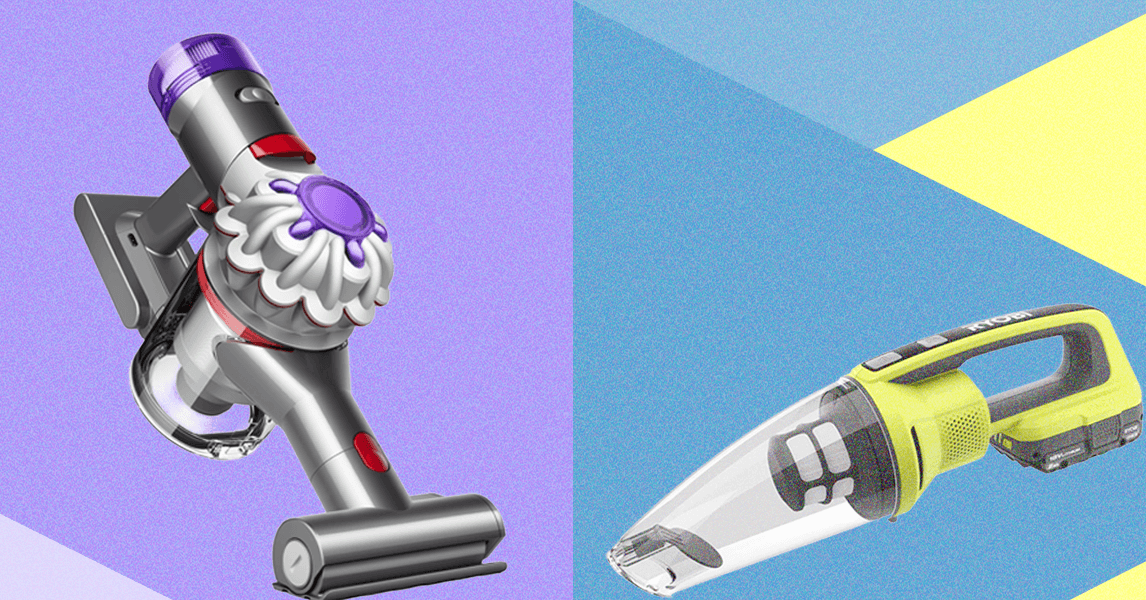
When CR tests helmets for impact protection, we drop them onto a flat anvil at 14 miles per hour from four different angles and measure the energy that’s transferred through the helmet. Helmet style won’t change the results. But other factors, such as a helmet’s shape, may provide an additional safety benefit.
“The best thing you can have on your head is shaped like a bowling ball,” Swart says. Skate-style helmets, which tend to be rounder and have fewer ridges and sharp angles, may be less likely to catch the ground and jerk your head or neck to the side if you slam into the pavement, he explains. This is separate from impact absorption but relevant for safety all the same. Plus, the coverage on the sides and back of the head can add extra protection.
Helmets that match this style have become more popular for cyclists in recent years, as opposed to the aerodynamic racing styles that were more popular years ago. “The style has changed, and for the better,” Swart says.
This shouldn’t discourage anyone from seeking out a traditional road helmet, which will offer sufficient protection and often will have better ventilation than many skate or commuter-style helmets. Good ventilation is especially important for people who are doing long, physically arduous rides.
And don’t forget: For maximum protection, whichever helmet you choose needs to fit your head properly. (More on how to check here.)









